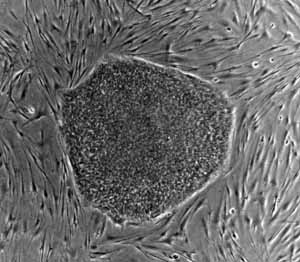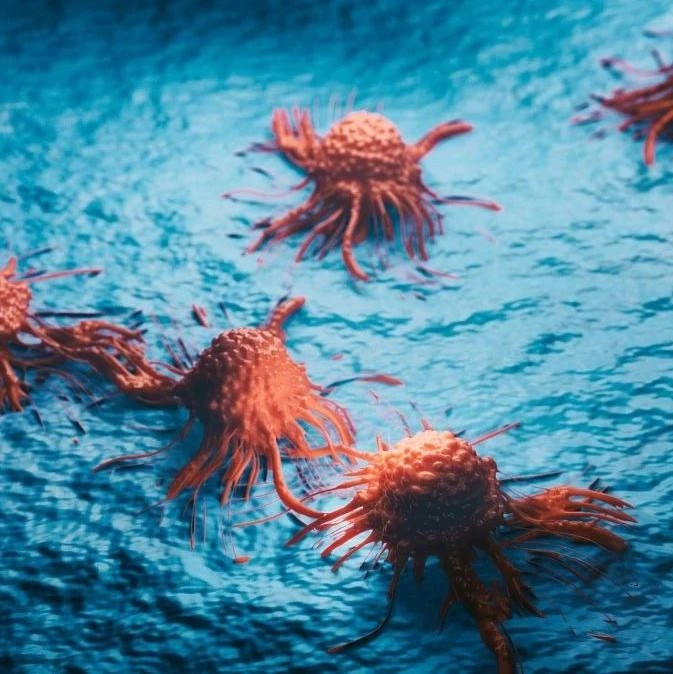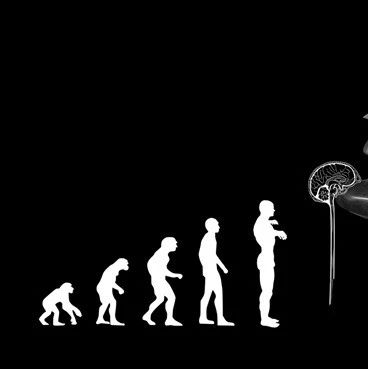摘要:布莱根妇女医院的研究者首次确认了人类肺干细胞,它可以进行自我更新,并且具有形成和整合肺部(包括细支气管、肺泡、肺血管)多重生化结构的能力。最新研究论文在2011年5月12日刊载于美国《新英格兰医学杂志》周刊。

Stem cells
"This research describes, for the first time, a true human lung stem cell. The discovery of this stem cell has the potential to offer those who suffer from chronic lung diseases a totally novel treatment option by regenerating or repairing damaged areas of the lung," said Piero Anversa, MD, director of the Center for Regenerative Medicine at Brigham and Women's Hospital and corresponding author.
Using lung tissue from surgical samples, researchers identified and isolated the human lung stem cell and tested the functionality of the stem cell both in vitro and in vivo. Once the stem cell was isolated, researchers demonstrated in vitro that the cell was capable of dividing both into new stem cells and also into cells that would grow into various types of lung tissue. Next, researchers injected the stem cell into mice with damaged lungs. The injected stem cells differentiated into new bronchioles, alveoli and pulmonary vessel cells which not only formed new lung tissue, but also integrated structurally to the existing lung tissue in the mice.
The researchers define this cell as truly "stem" because it fulfills the three categories necessary to fall under stem cell categorization: first, the cell renews itself; second, it forms into many different types of lung cells; and third, it is transmissible, meaning that after a mouse was injected with the stem cells and responded by generating new tissue, researchers were then able to isolate the stem cell in the treated mouse, and use that cell in a new mouse with the same results.
"These are the critical first steps in developing clinical treatments for those with lung disease for which no therapies exist. Further research is needed, but we are excited about the impact this discovery could have on our ability to regenerate or recreate new lung tissues to replace damaged areas of the lungs," said Joseph Loscalzo, MD, PhD, chair of the Department of Medicine at BWH and co-author.
Brigham and Women's Hospital: https://www.brighamandwomens.org







